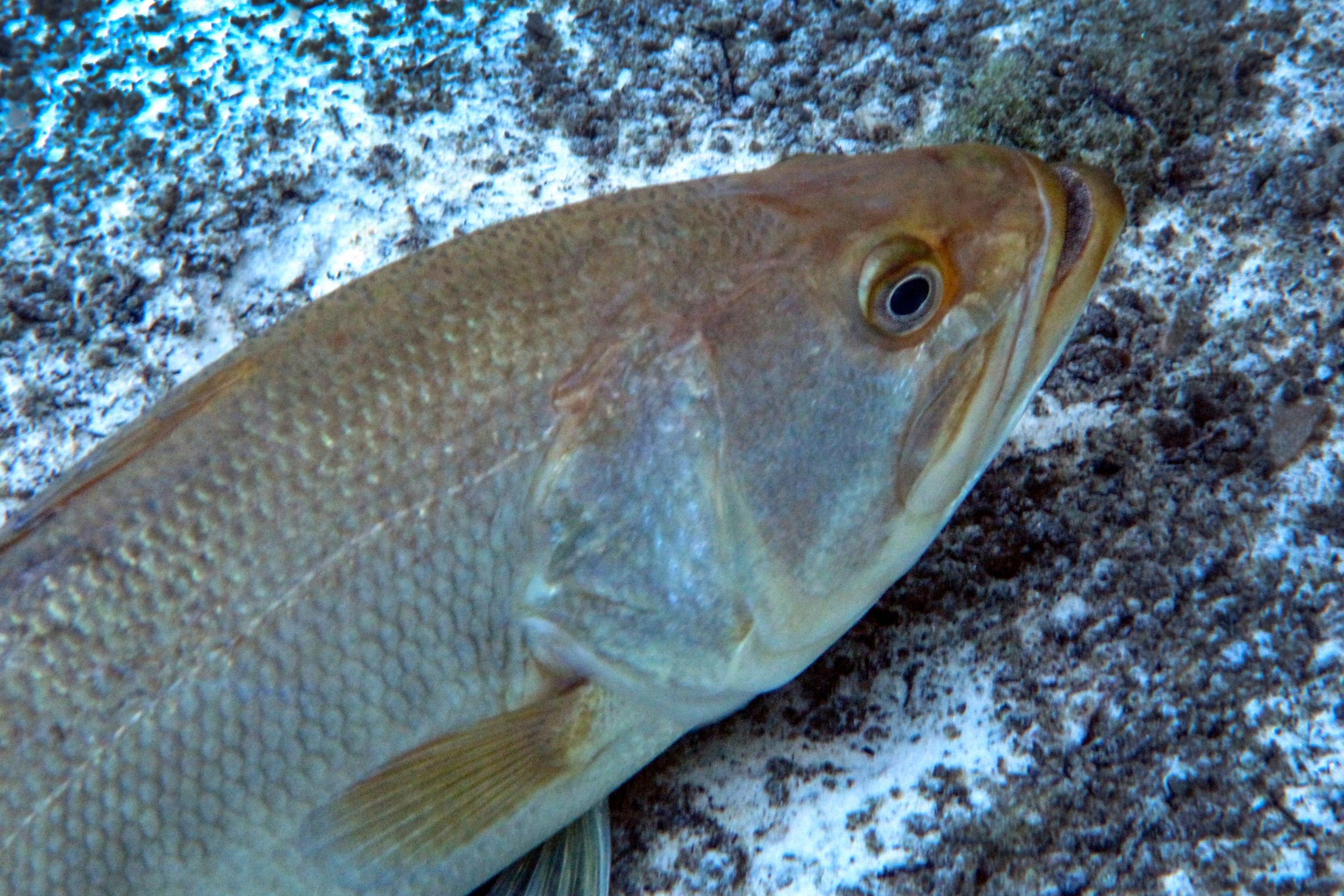Bigmouth buffalo
(Ictiobus cyprinellus)

Description
The bigmouth buffalo (Ictiobus cyprinellus) is a fish native to North America, that is vulnerable and in decline. It is the largest North American species in the Catostomidae or "sucker" family, and is one of the longest-lived and latest-maturing freshwater fishes, capable of living beyond 110 years and reproducing infrequently. Even at a century old they show no age-related declines, but instead improvements, making this species a biological marvel. It is commonly called the gourdhead, marblehead, redmouth buffalo, buffalofish, bernard buffalo, roundhead, or brown buffalo. The bigmouth buffalo is not a carp, nor is any other fish in the sucker family. Although they share the same order, each belong to different suborders and are native to separate continents. The bigmouth buffalo is typically a brownish olive color with dusky fins, but can vary greatly in color across individuals. Like other catostomids it has a long dorsal fin, but unlike all others it has a terminal (forward-facing) mouth reflecting its unique, pelagic feeding ecology. It is the largest of the buffalo fish and can reach a length of more than 4 ft (1.2 m) and 80 lb (36 kg) in weight. Generally, it lives in sluggish areas of large rivers and in lakes. Bigmouth buffalo populations have been in decline in the northern extent of their range since the 1970s, including parts of Minnesota, North Dakota, and Canada. A 2019 study documented their late maturity, centenarian longevity, and that several populations in northwestern Minnesota are comprised mainly (85-90%) of individuals more than 80 years old, indicating recruitment failure since the 1930s. A 2021 study from North Dakota also revealed a slow pace of life including late maturity, decadal episodic recruitment, a relatively large group of old-growth individuals all characteristics that make this species extremely vulnerable to overfishing. Indeed, bigmouth buffalo have been in steep decline since the rise of modern bowfishing in 2010. Their life history attributes, including the ability to survive decades with virtually no successful recruitment (i.e. episodic recruitment), are shared by other long-lived freshwater fishes, including sturgeon and paddlefish. Such species require time to successfully sustain themselves, surviving to periods in which favorable environmental conditions arise that allow for booms in reproduction and subsequent recruitment.
Taxonomic tree:







